The Boston Consulting Group (BCG) has unveiled a report detailing the impact of ‘Surfaces’ on smartphone use, highlighting how these interfaces could improve the user experience. The study, based on data from over a thousand users and extensive interviews across India, explores the frequency and nature of smartphone interactions, identifying the potential of ‘Surfaces’ to address current challenges in device usage.
Key Insights:
- Smartphone use spans over nine different activities, from socializing to streaming and shopping.
- Approximately 50-55% of smartphone interactions lack a clear intent, presenting opportunities for more targeted engagement.
- ‘Surfaces’ are emerging as a pivotal interface for enhancing user interaction with smartphones, offering a seamless and intuitive experience.
- Innovators like Glance and Apple are leading the adoption of ‘Surfaces’, demonstrating significant user engagement and potential for future development.
- The report suggests that ‘Surfaces’ could serve as platforms for delivering AI-driven, app-less experiences, transforming how users interact with their devices.

The research indicates a split in user behavior, with half of the instances where users engage with their phones being habitual, lacking a specific purpose. This habit presents an opportunity for ‘Surfaces’ to guide users towards relevant activities based on their interests. ‘Surfaces’, as defined in the report, aim to provide a seamless, intelligent, and serendipitous interaction from the very start of the phone usage journey.
With companies like Glance for the Android ecosystem and Apple for iOS making strides in ‘Surface’ technology, there’s an evident shift towards more intuitive and less intrusive smartphone interactions. These developments have led to significant user engagement, with surface innovators achieving over 220 million monthly active users in India alone.
The report underscores the evolution of smartphones, driven by discussions around on-device AI and app-less experiences through General AI. ‘Surfaces’ are highlighted as the key to delivering these advanced experiences, offering a smart, seamless interface that could foster serendipitous discoveries for the user.
BCG’s report also revisits consumer journeys, imagining scenarios where users can access live scores and match highlights directly from their lock screen, bypassing the need to navigate through apps. This approach to smartphone interaction underscores the broader trend towards streamlined, efficient user experiences.
Furthermore, the study examines the wide range of activities enabled by smartphones, from video streaming and socializing to shopping and gaming. It highlights the critical role of various ecosystem stakeholders, including device manufacturers, telecom companies, advertisers, app developers, content publishers, and gaming studios, in realizing the full potential of ‘Surfaces’.
The report concludes with case studies of industry leaders who have successfully leveraged ‘Surfaces’ to enhance the smartphone experience, demonstrating the tangible benefits of this technology in engaging users and driving business results.















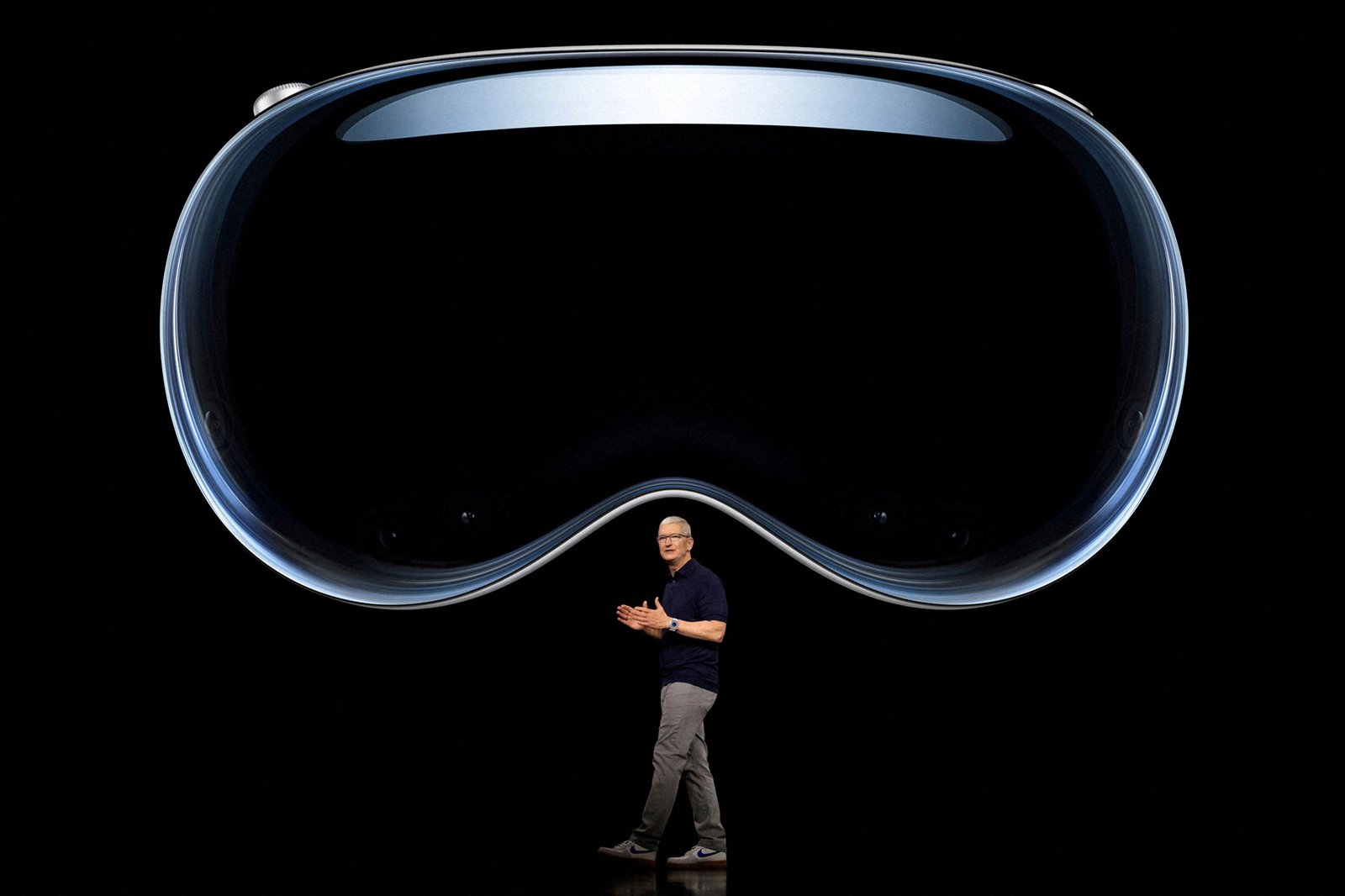

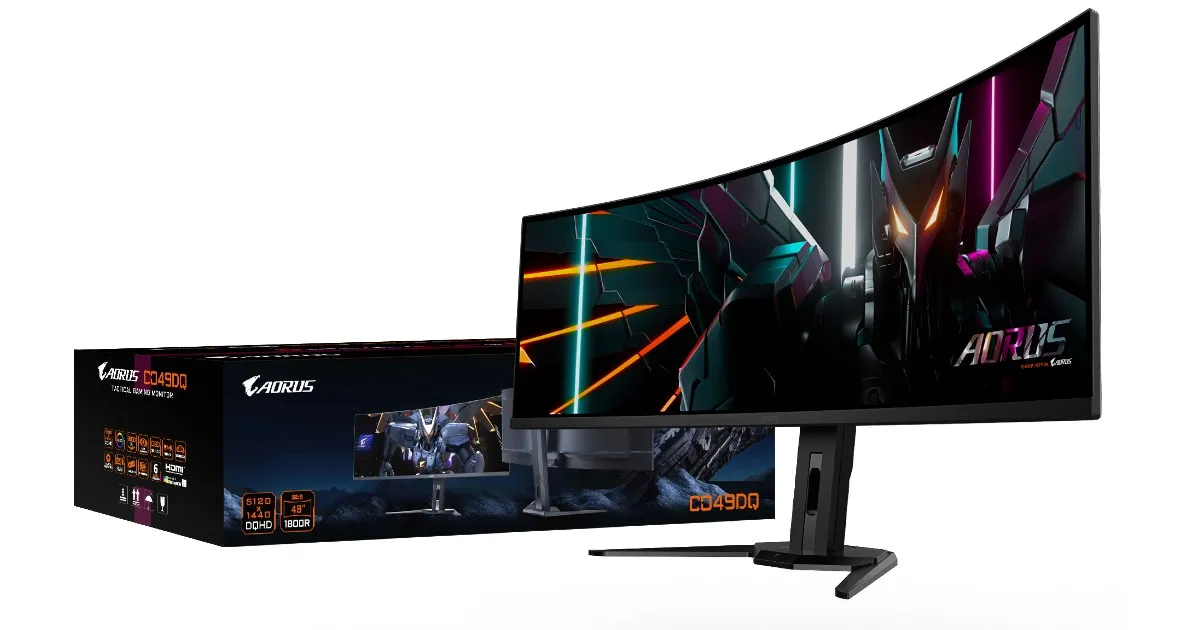

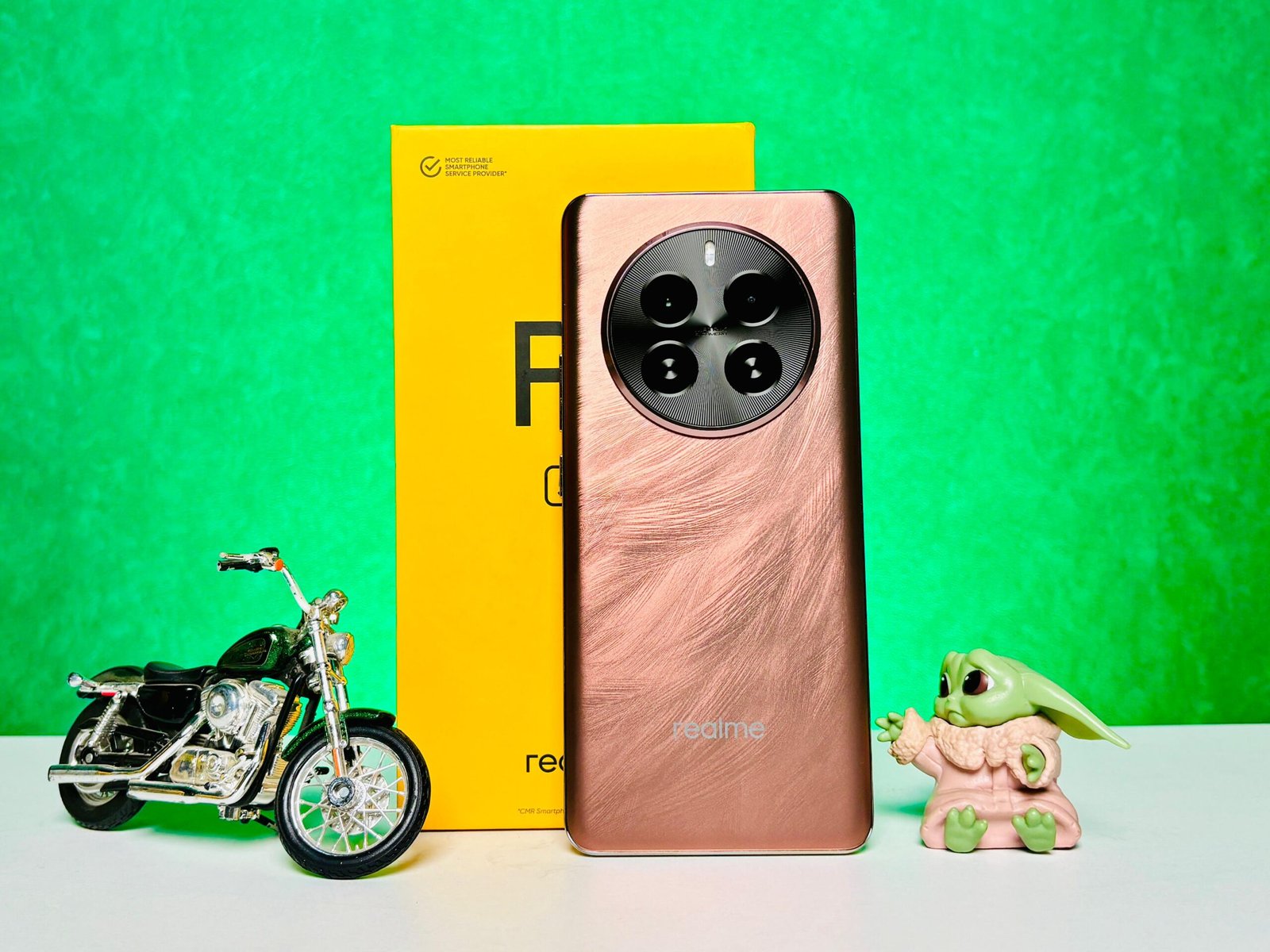
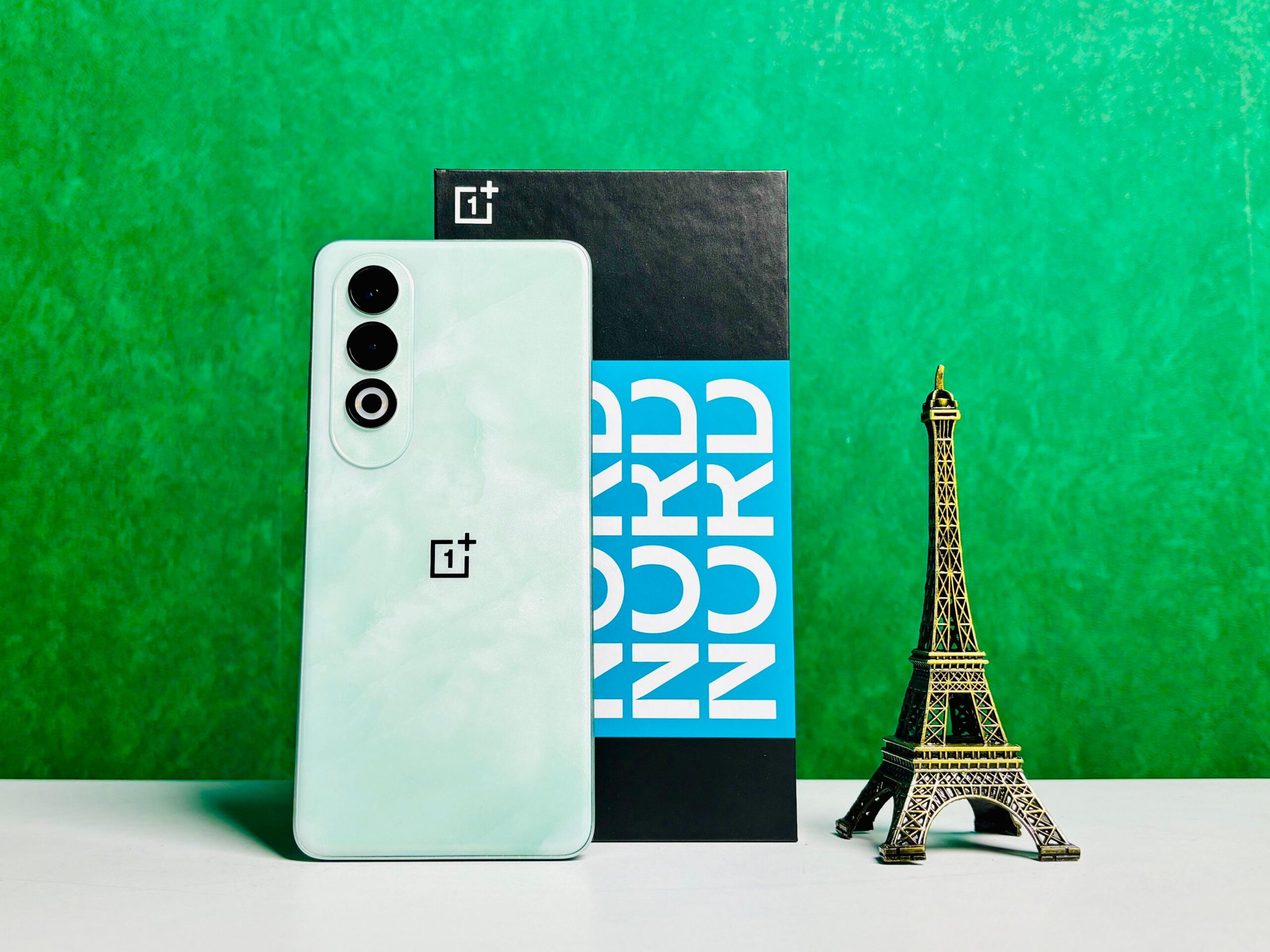

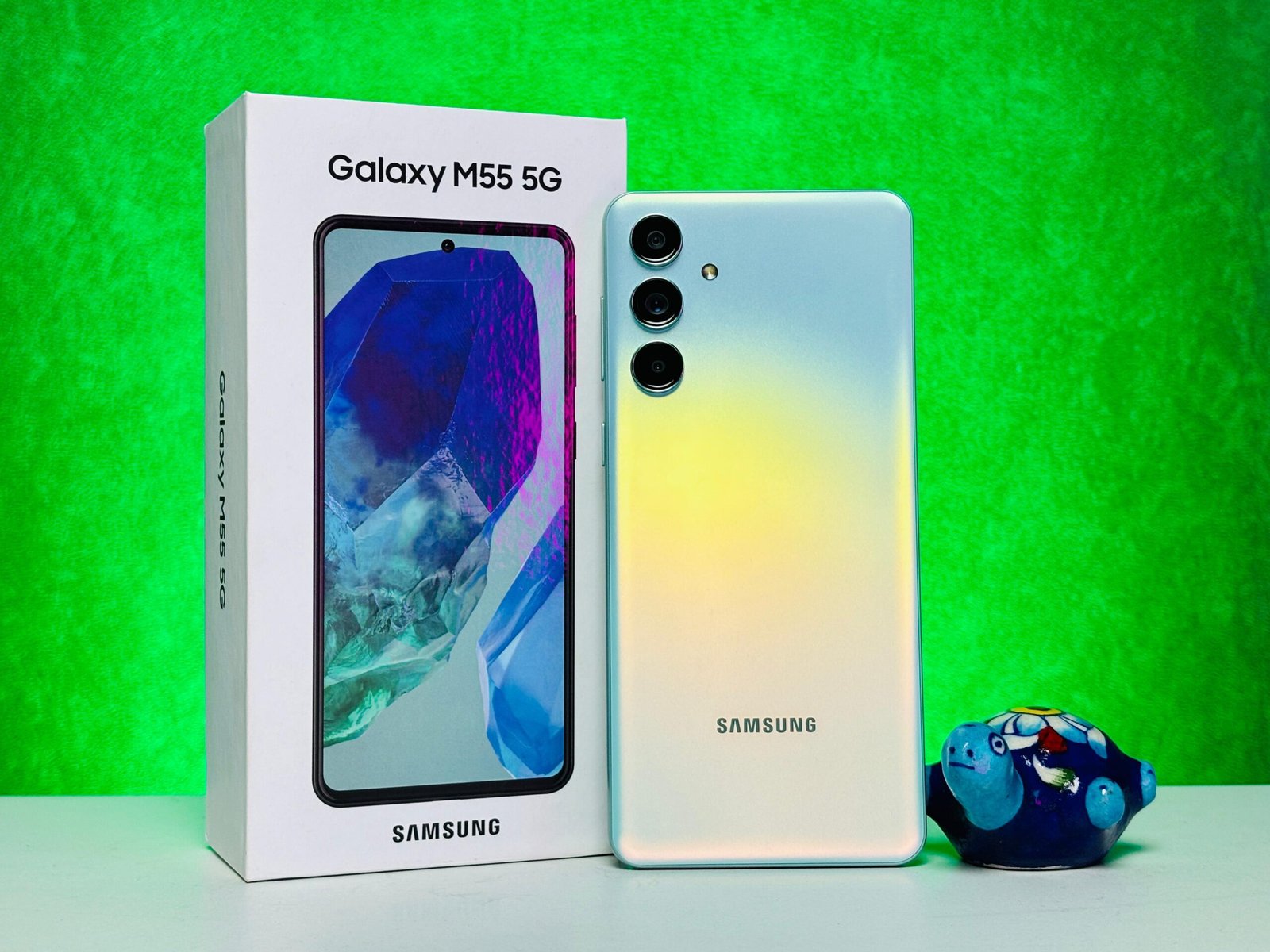
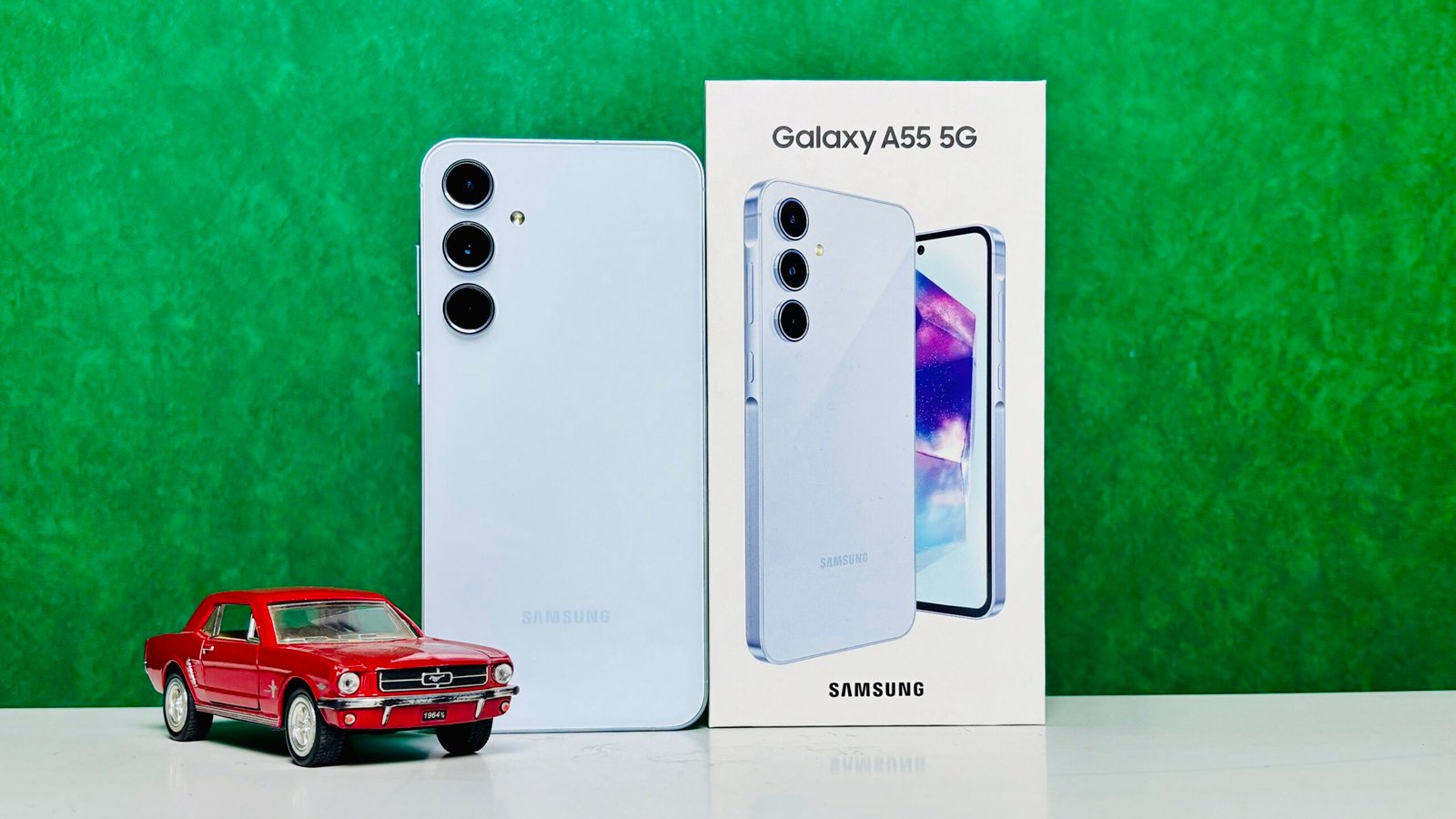
Add Comment